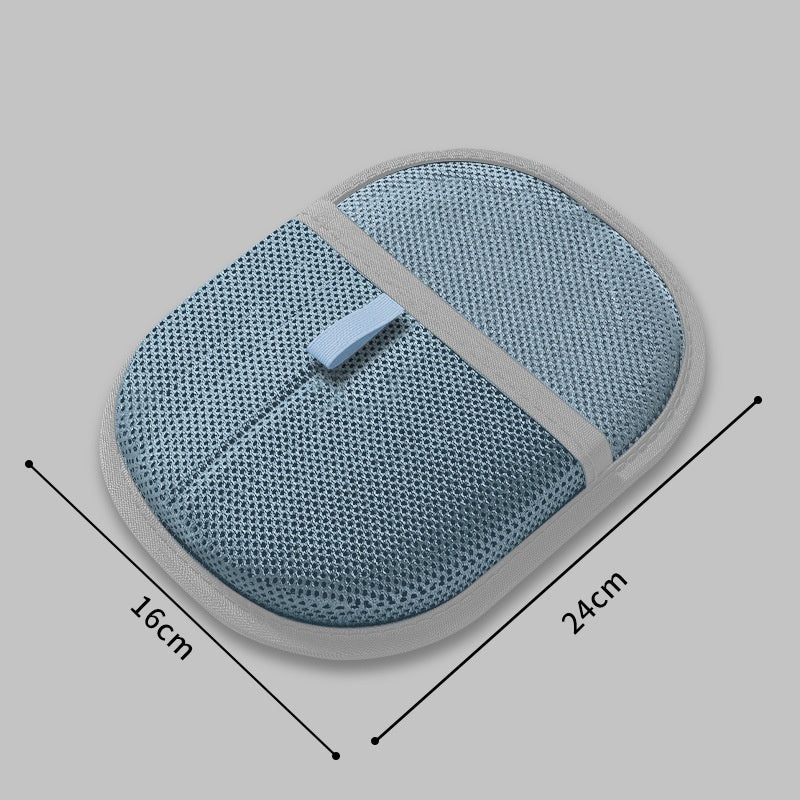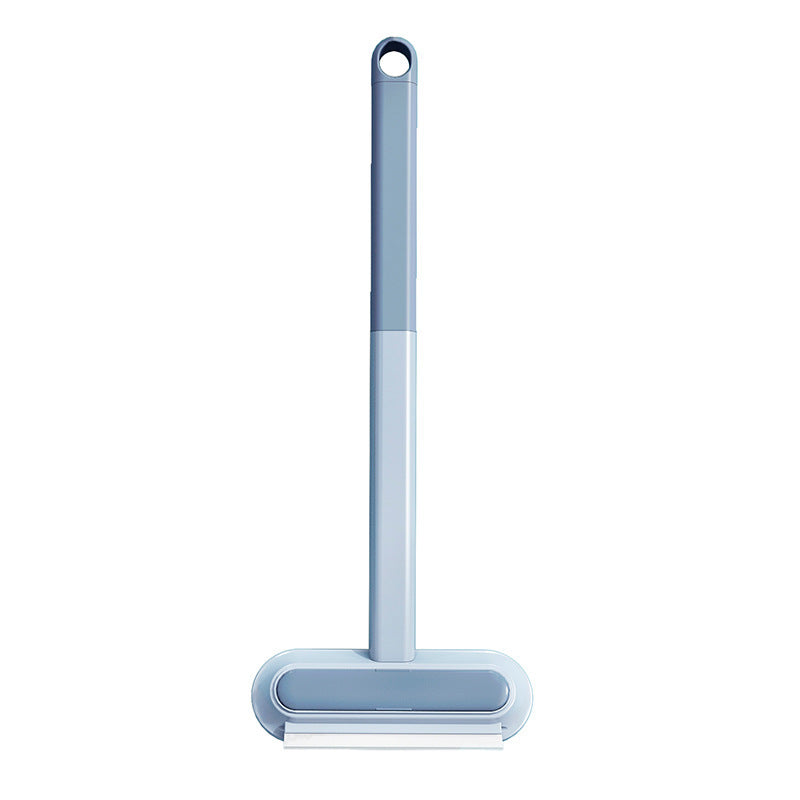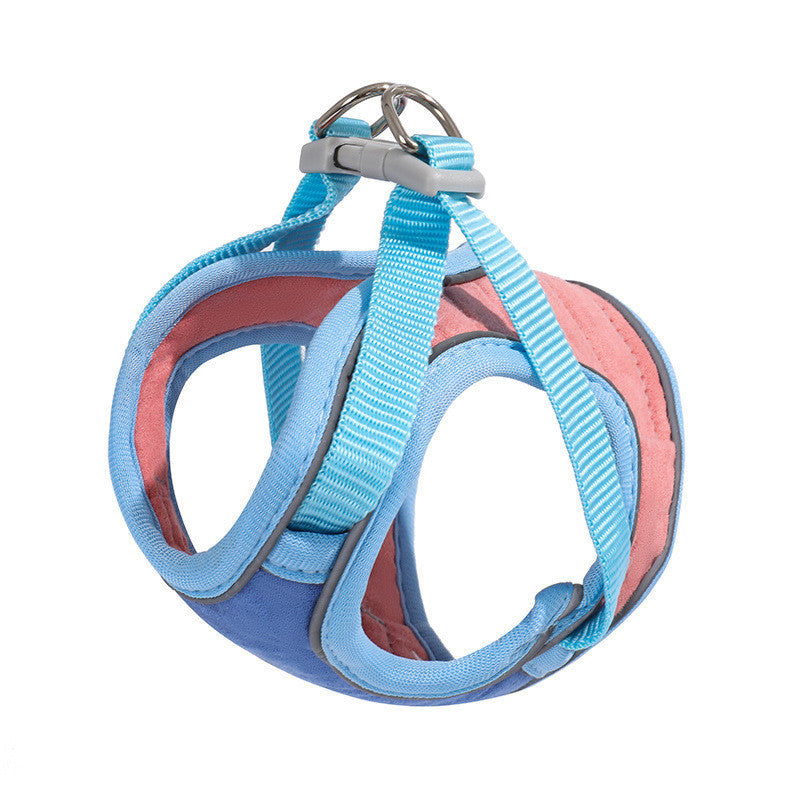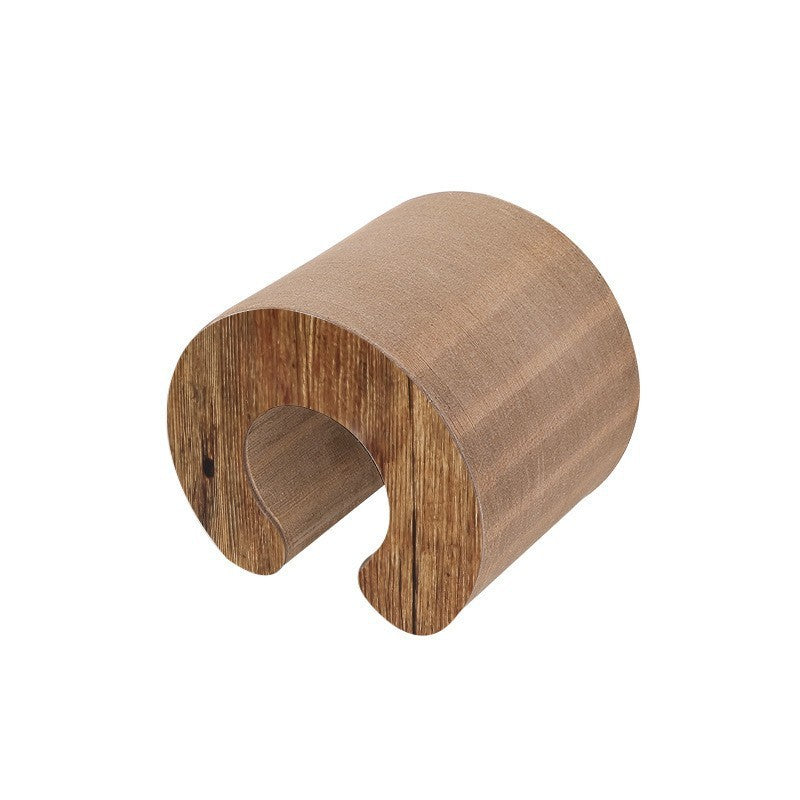Many cat lovers find themselves in a difficult position when allergies affect their ability to comfortably share space with feline companions. Despite these challenges, numerous strategies can help minimise symptoms and make coexistence possible. In this blog, we'll explore the causes of cat allergies and practical solutions for managing them.
Allergy triggers: Contrary to popular belief, cat allergies aren't triggered by fur, but by proteins found in a cat's saliva, urine, and dander (dead skin cells). When cats groom themselves, they spread these proteins to their fur, which then sheds throughout the home. The primary allergen, called Fel d 1, is produced in cats' sebaceous glands and can remain airborne for hours.
Symptom spectrum: Cat allergy symptoms range from mild (sneezing, runny nose, itchy eyes) to severe (wheezing, chest tightness, skin rashes). Some individuals develop asthma symptoms or chronic sinusitis from ongoing exposure. Symptoms can develop immediately or build up gradually with continued exposure.
Breed considerations: While no truly hypoallergenic cat breeds exist, some produce lower levels of Fel d 1 or shed less, potentially reducing allergen spread. These include Siberian, Balinese, Russian Blue, and Sphynx cats. However, individual cats within any breed vary in allergen production, so spending time with a specific cat before adoption is advisable.
Environmental management: Regular cleaning significantly reduces allergen levels. Use HEPA air purifiers, vacuum with a HEPA filter, remove carpeting when possible, and wash bedding frequently. Designating cat-free zones, particularly bedrooms, creates allergen-free spaces for symptom relief.
Medical approaches: Allergy medications like antihistamines, nasal corticosteroids, and leukotriene modifiers can help control symptoms. For severe allergies, immunotherapy (allergy shots) gradually desensitizes the immune system to cat allergens over time, potentially providing long-term relief.
| Strategy | Description | Effectiveness |
|---|---|---|
| Environmental Control | HEPA purifiers, vacuuming, remove carpets, wash bedding | High (reduces airborne allergens) |
| Cat-Free Zones | Keep cats out of bedrooms and sensitive areas | High (provides symptom relief) |
| Medication | Antihistamines, nasal steroids, leukotriene modifiers | Moderate–High (controls symptoms) |
| Immunotherapy | Allergy shots (available through immunologists) | High (long-term relief, takes 3–5 years) |
| Breed Selection | Choose lower-allergen breeds, test with individual cats | Variable (no cat is truly hypoallergenic) |
Understanding that allergies exist on a spectrum helps manage expectations, some people may adapt completely to their cat over time, while others may need ongoing management strategies. If you're considering adopting a cat despite allergies, spend substantial time with cats beforehand to gauge your reaction severity.
Step-by-Step Guide: Managing Cat Allergies
- Understand the Cause: Recognise that cat allergies are caused by proteins in saliva, dander, and urine, not just fur.
- Monitor Symptoms: Note any allergic reactions and seek medical advice if symptoms worsen or affect breathing.
- Choose Cats Wisely: Consider breeds with lower allergen potential, but always spend time with individual cats before adoption.
- Reduce Allergen Exposure: Use HEPA air purifiers and vacuums, remove carpets, and wash bedding frequently.
- Create Cat-Free Zones: Keep cats out of bedrooms and other sensitive areas.
- Use Medications as Needed: Take antihistamines or nasal corticosteroids for symptom relief.
- Consider Immunotherapy: Consult an Australian immunologist about allergy shots for long-term management.
- Seek Support: Contact Allergy & Anaphylaxis Australia or the healthdirect helpline for advice and resources.
With careful management and medical support, many people with allergies can enjoy the companionship of cats without significant discomfort.
FAQs: Cat Allergies
Q: What causes cat allergies?
A: Cat allergies are caused by proteins (especially Fel d 1) in saliva, dander, and urine, not just fur, as explained by ASCIA and Allergy & Anaphylaxis Australia.
Q: Can I get a hypoallergenic cat in Australia?
A: No cat is truly hypoallergenic, but some breeds may produce fewer allergens. Always spend time with a specific cat before adoption.
Q: How can I reduce cat allergens in my home?
A: Use HEPA air purifiers and vacuums, remove carpets, wash bedding frequently, and keep cats out of bedrooms.
Q: What medical treatments are available for cat allergies?
A: Antihistamines, nasal steroids, and immunotherapy (allergy shots) are available through Australian doctors and immunologists.
Q: Where can I get support for managing cat allergies?
A: Contact Allergy & Anaphylaxis Australia or call the healthdirect helpline (1800 022 222) for advice and resources.


















































































